Paul Rudolph's home served as a gigantic 'loom' for an exhibition of Anni Albers textiles
Italian textile brand Dedar presented its Weaving Anni Albers collection at the legendary architect’s experimental Modulightor building in New York last week
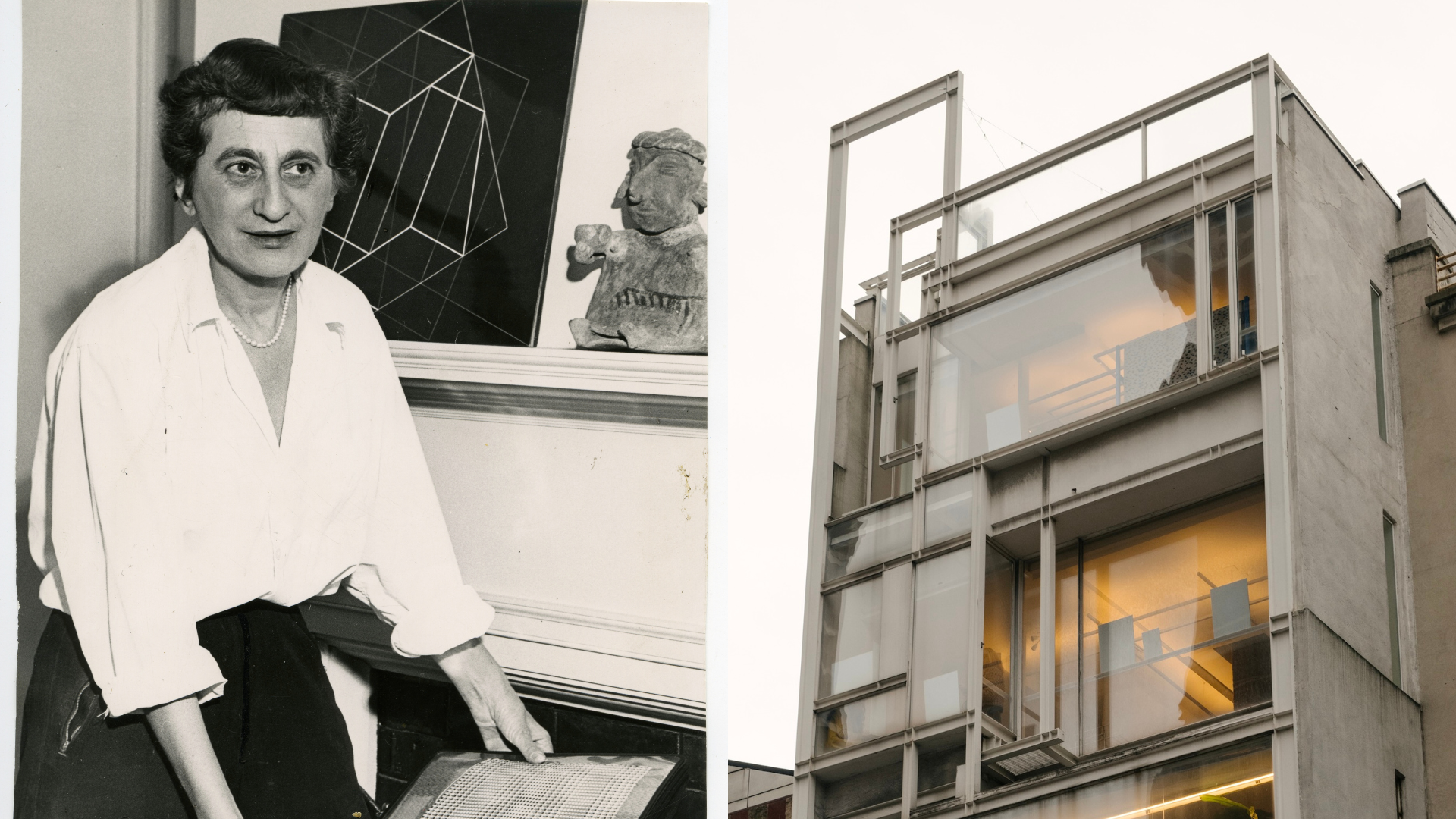
Era-defining fibre artist Anni Albers and influential modernist architect Paul Rudolph crossed paths late in their careers while lecturers at Yale University in the 1950s and '60s. Yet their trajectories were remarkably similar — as were their ever-innovative contributions to the modernist canon.
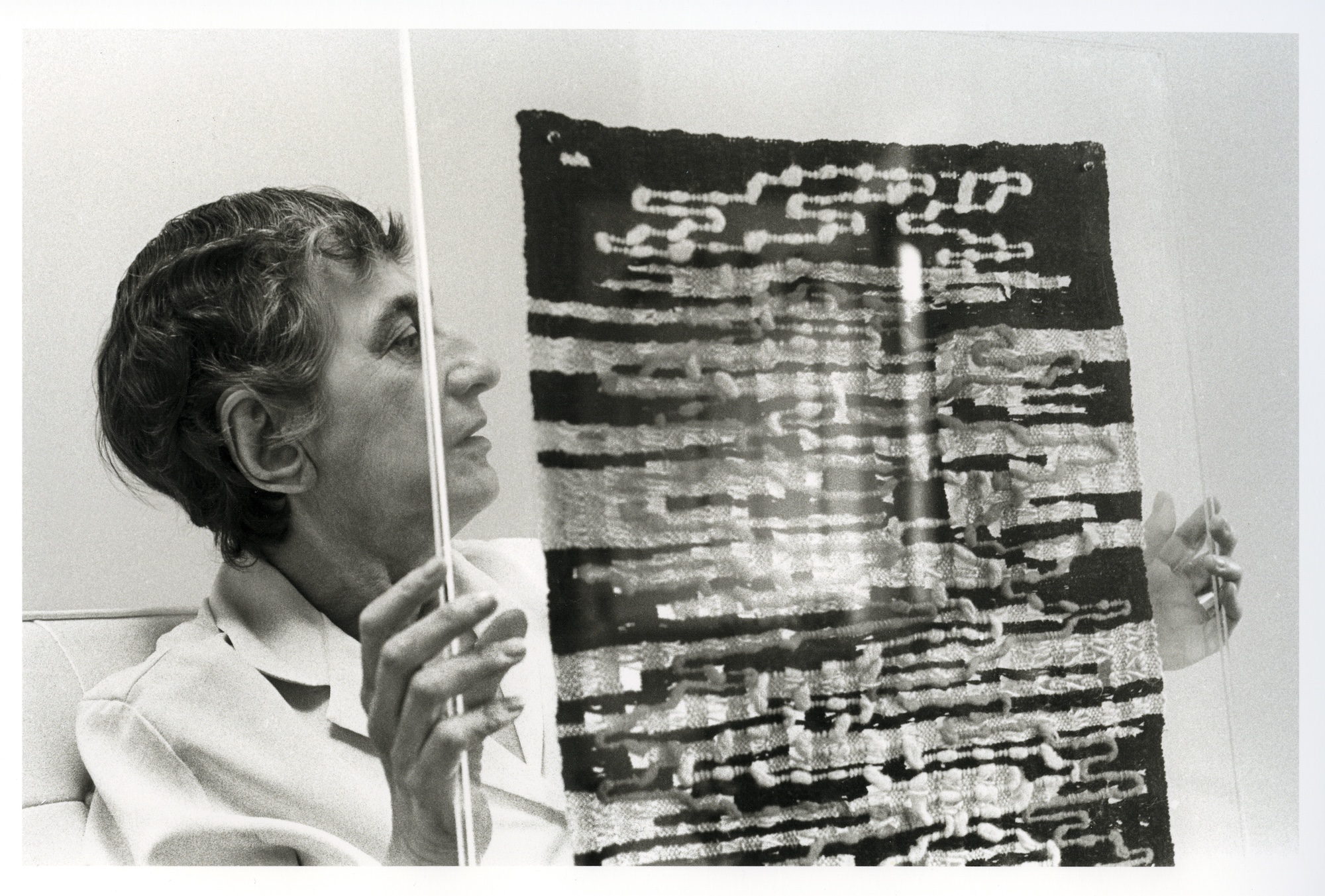
Anni Albers, as pictured in the 1970s.
The pair was reunited last week in New York as part of a special temporary exhibition staged by the Italian fabric brand Dedar. The company had recently reissued a collection of Albers’ textile designs, and Rudolph's experimental Modulightor residence in Midtown Manhattan (now the Paul Rudolph Institute for Modern Architecture) was the perfect venue in which to debut the collection to a US audience.
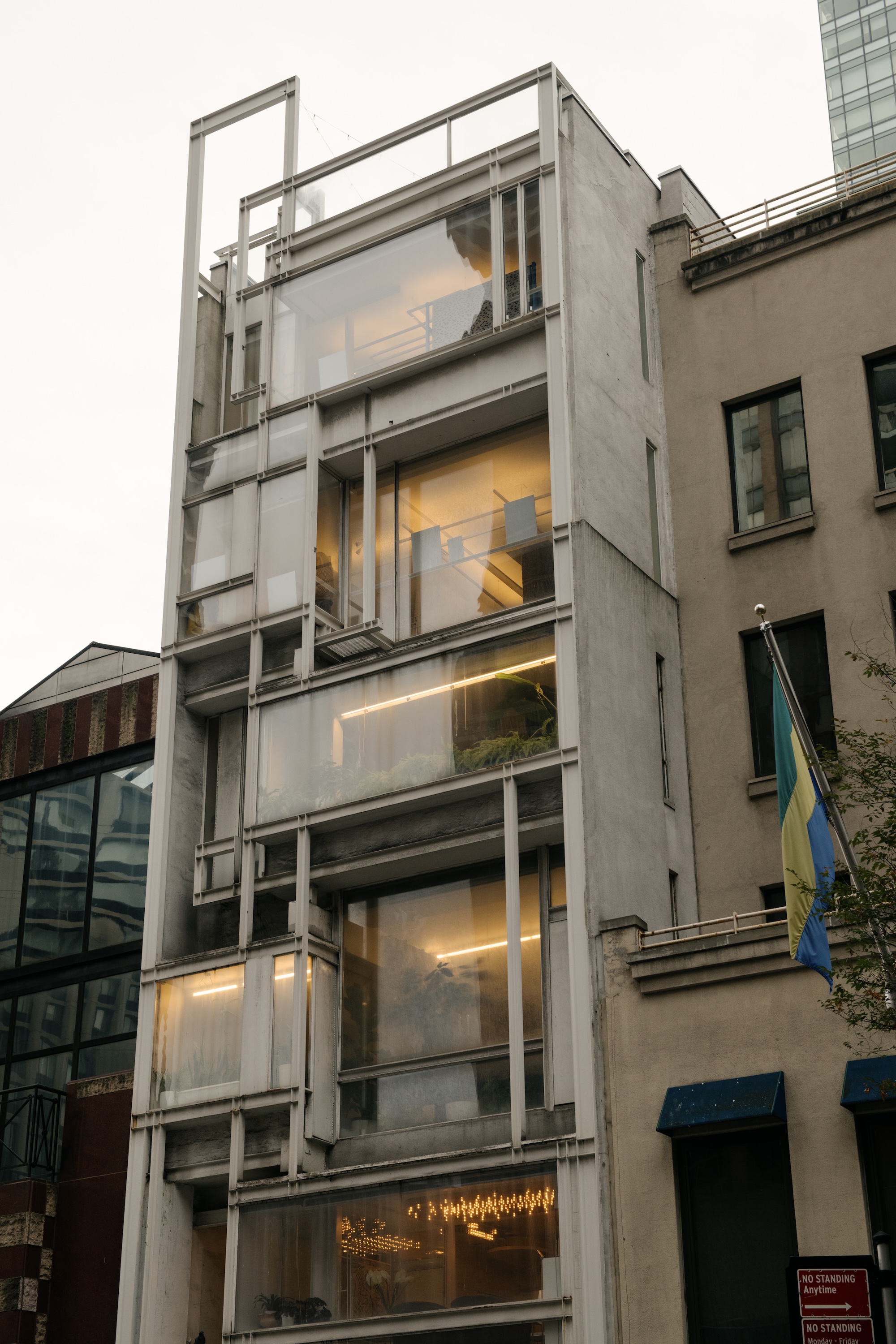
The exterior of the Modulightor building, which served as Rudolph's home and showroom.
Both multihyphenates trained in the Bauhaus tradition but continuously challenged its orthodoxy. They pushed past the austerity of 'high' modernism, advocating for a stronger focus on the artistically-expressive and culturally-responsive potential of materials and complex forms.


Dedar’s Weaving Albers collection (first debuted during Milan Design Week this April) comprises a comprehensive range of designs created over 50 years. Albers’ textiles often stemmed from her extensive travels and rediscovery of long-overlooked craft traditions. Take a design like En Route — an abstract representation of the geologic forms you can observe outside an airplane window. Developed in close partnership with the Josef & Anni Albers Foundation, the offering also includes designs like Ancient Writing, a geometric translation of prehistoric Native American texts.

The Modulightor building, Rudolph's final project, reflects a similar mastery of depth and willingness to experiment. The enigmatic building is defined by its intersecting open-structure rectangles, extending from the facade through to a matrix of open-plan interiors. It just so happens that the all-white I-beams used throughout lent themselves well to the hanging of textiles, as conceived by stylist stylist Akari Endo-Gaut.
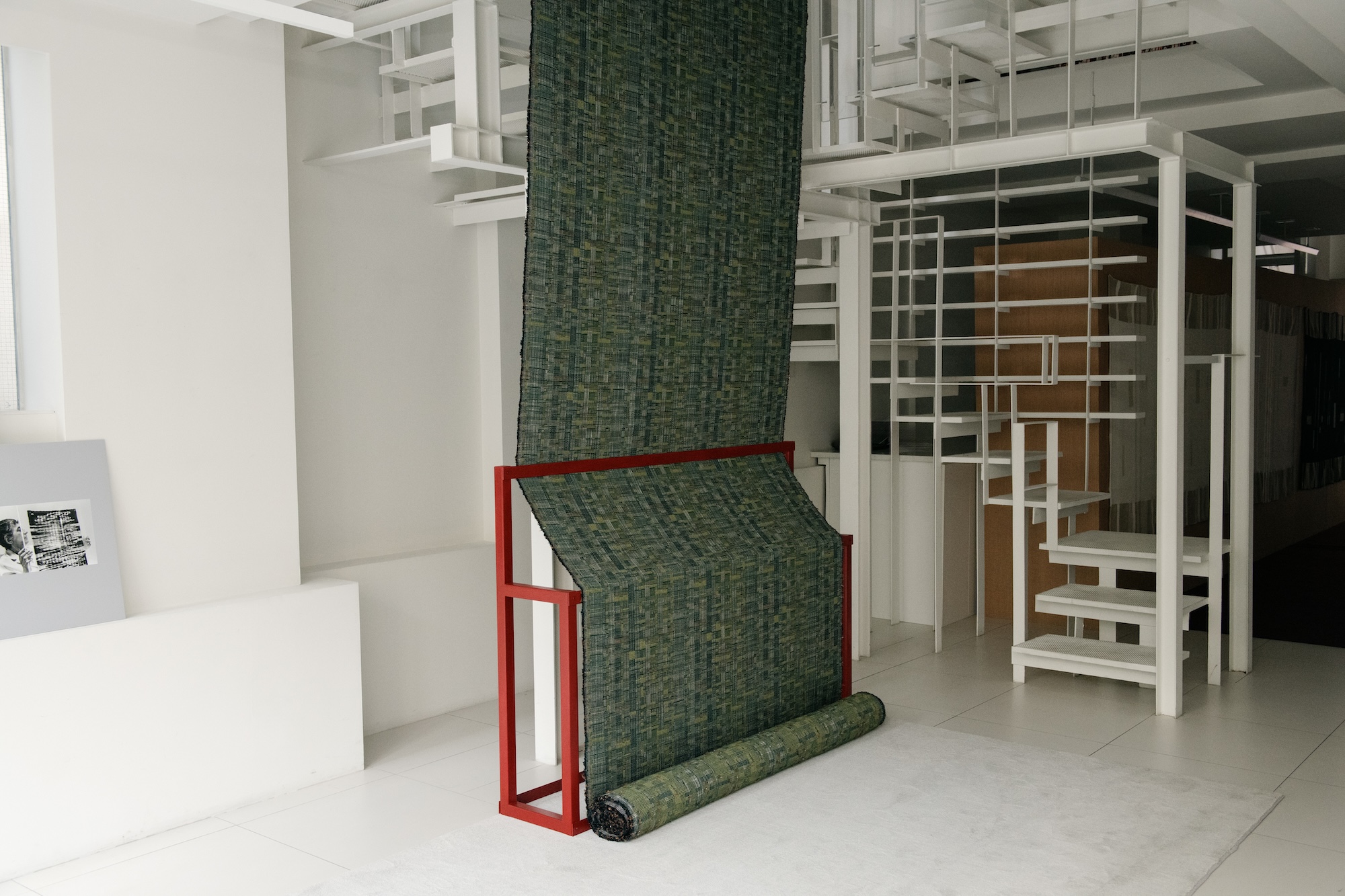
'My approach for designing this exhibition was deeply rooted in a desire to weave together three worlds: architecture, the designs of Anni Albers, and the fabrics themselves,' Endo-Gaut says. 'The iconic building by Paul Rudolph [functioned] as a loom.'
Receive our daily digest of inspiration, escapism and design stories from around the world direct to your inbox.
Adrian Madlener is a Brussels-born, New York-based writer, curator, consultant, and artist. Over the past ten years, he’s held editorial positions at The Architect’s Newspaper, TLmag, and Frame magazine, while also contributing to publications such as Architectural Digest, Artnet News, Cultured, Domus, Dwell, Hypebeast, Galerie, and Metropolis. In 2023, He helped write the Vincenzo De Cotiis: Interiors monograph. With degrees from the Design Academy Eindhoven and Parsons School of Design, Adrian is particularly focused on topics that exemplify the best in craft-led experimentation and sustainability.
-
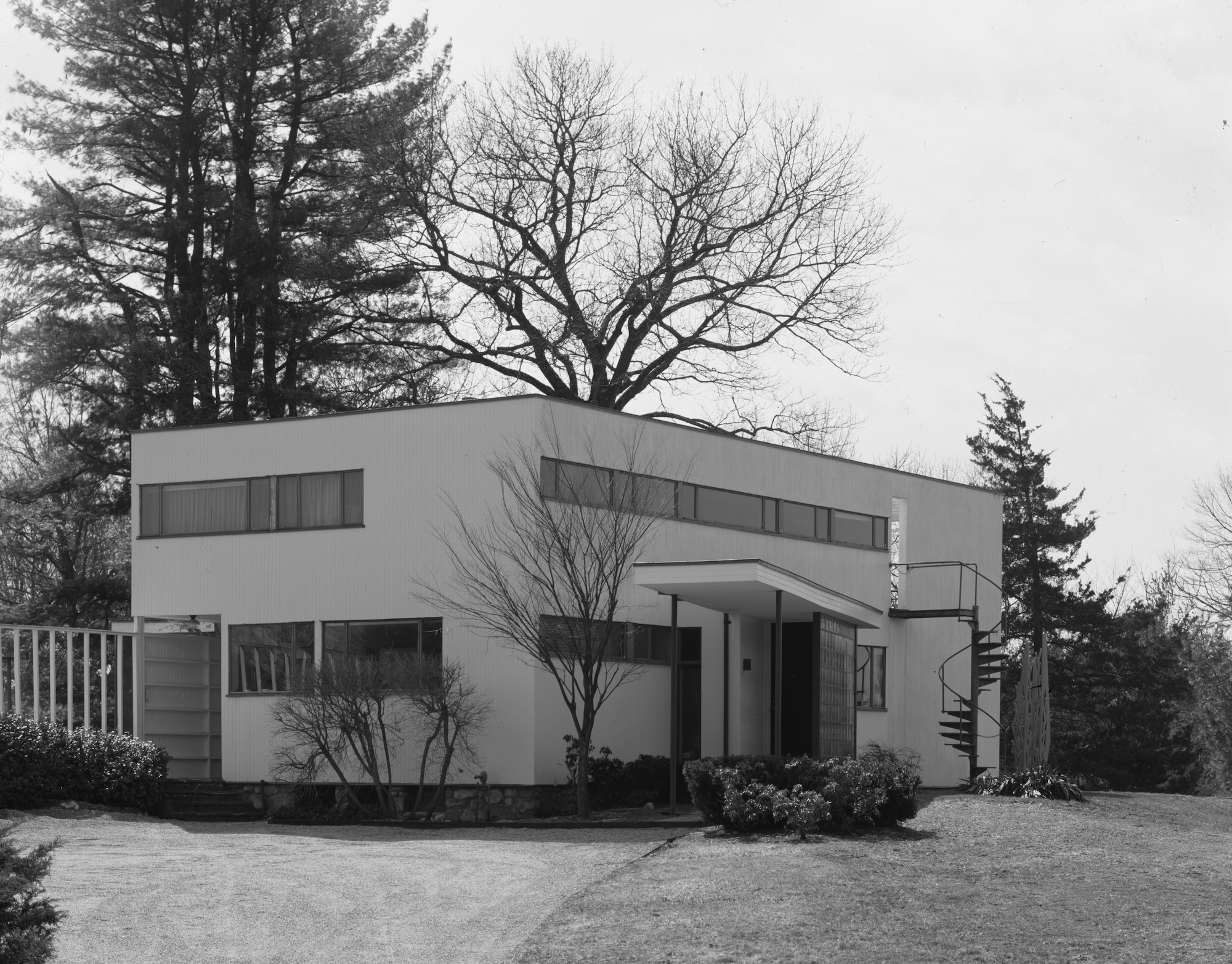 From Bauhaus to outhouse: Walter Gropius’ Massachusetts home seeks a design for a new public toilet
From Bauhaus to outhouse: Walter Gropius’ Massachusetts home seeks a design for a new public toiletFor years, visitors to the Gropius House had to contend with an outdoor porta loo. A new architecture competition is betting the design community is flush with solutions
-
 This Portuguese winery looks like it grew from the landscape itself
This Portuguese winery looks like it grew from the landscape itselfArchitect Sérgio Rebelo distils the essence of Portugal’s Douro Valley into a new timber-framed winery for Quinta de Adorigo
-
 In Sou Fujimoto’s far-flung Not A Hotel villa, solitude feels almost planetary
In Sou Fujimoto’s far-flung Not A Hotel villa, solitude feels almost planetaryAn underwater sauna, an infinity pool and a circular courtyard garden are just a few of the highlights at Not A Hotel’s latest outpost, on Japan’s Ishigaki Island
-
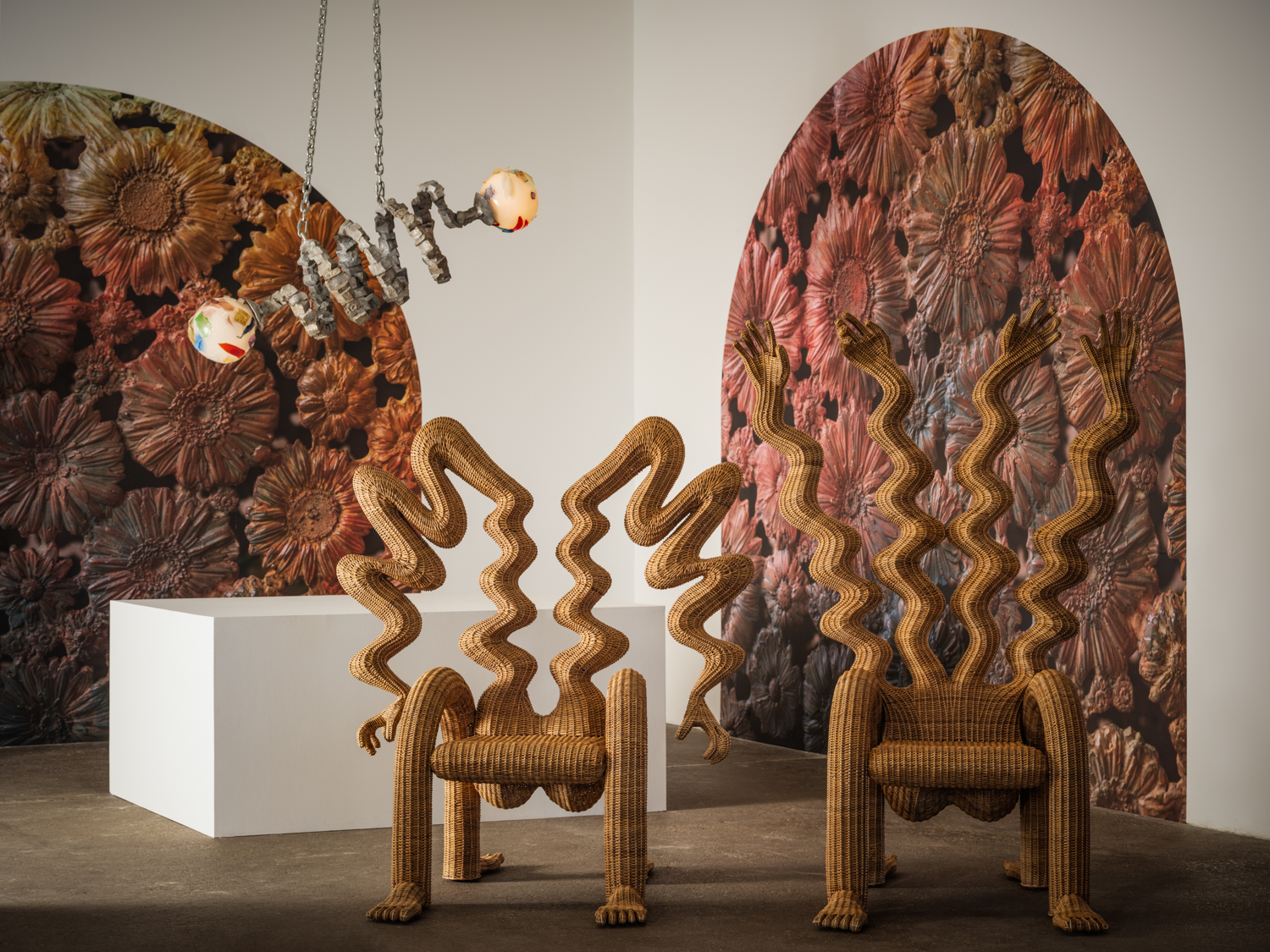 Chris Wolston’s first-ever museum show bursts with surreal forms and psychedelic energy
Chris Wolston’s first-ever museum show bursts with surreal forms and psychedelic energy‘Profile in Ecstasy,’ opening at Dallas Contemporary on 7 November, merges postmodern objects with Colombian craft techniques
-
 How an Austin home went from 'Texan Tuscan' to a lush, layered escape inspired by the Alhambra
How an Austin home went from 'Texan Tuscan' to a lush, layered escape inspired by the AlhambraThe intellectually curious owners of this Texas home commissioned an eclectic interior – a true ‘cabinet of curiosities’ layered with trinkets and curios
-
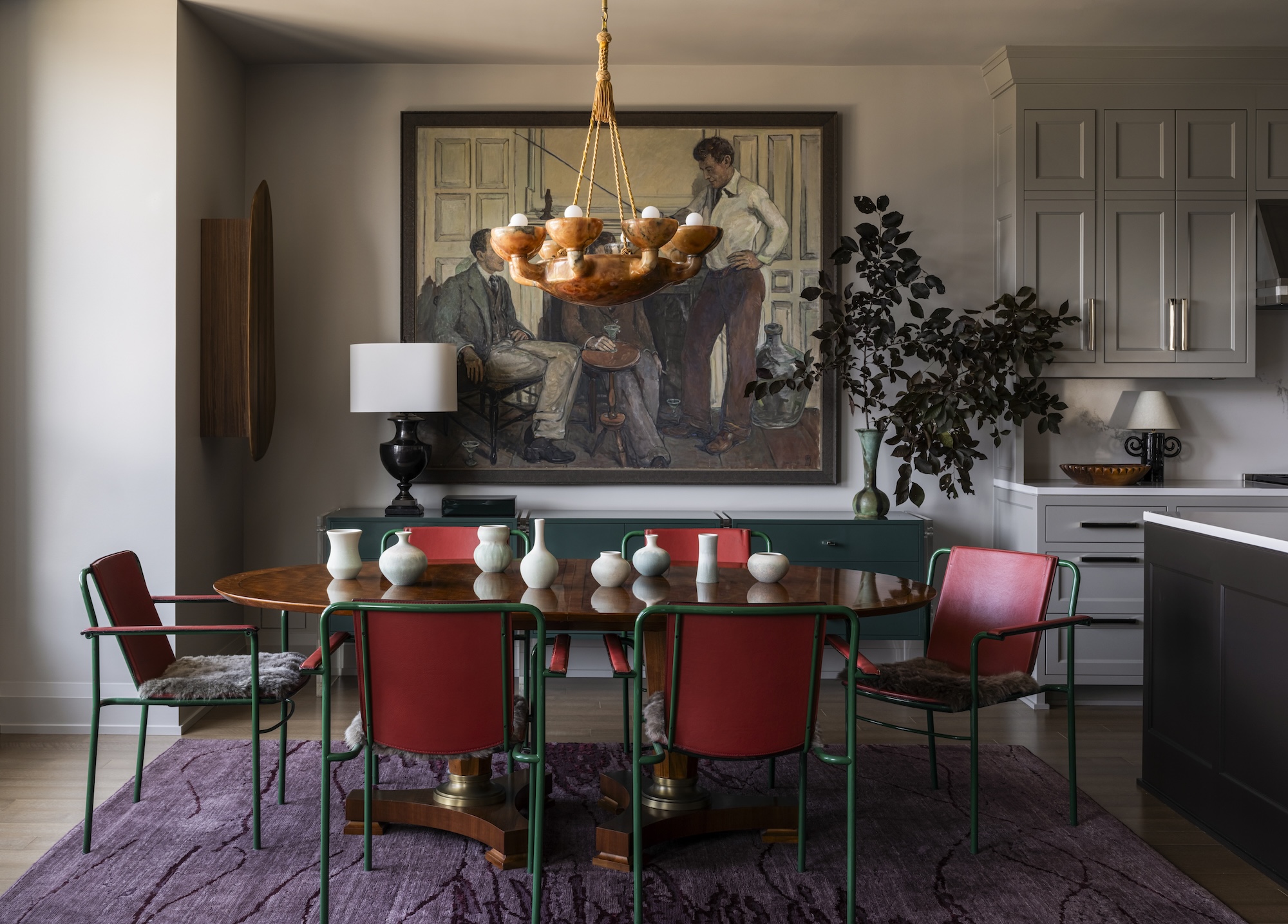 Should your home have a patron goddess? This dramatic Minneapolis apartment does
Should your home have a patron goddess? This dramatic Minneapolis apartment doesInspired by the Celtic deity Brigid, interior designer Victoria Sass infused this Twin Cities aerie with flame-licked themes
-
 The Gee’s Bend quilters want you to visit them
The Gee’s Bend quilters want you to visit themFor generations, the women of Gee's Bend, Alabama have created intricate quilts. Can tourism help preserve their traditions?
-
 This legendary villa was built for the Cuban government. Now it’s The Future Perfect’s new Miami gallery
This legendary villa was built for the Cuban government. Now it’s The Future Perfect’s new Miami galleryWith Villa Paula, the boundary-pushing collectible design gallery expands its footprint
-
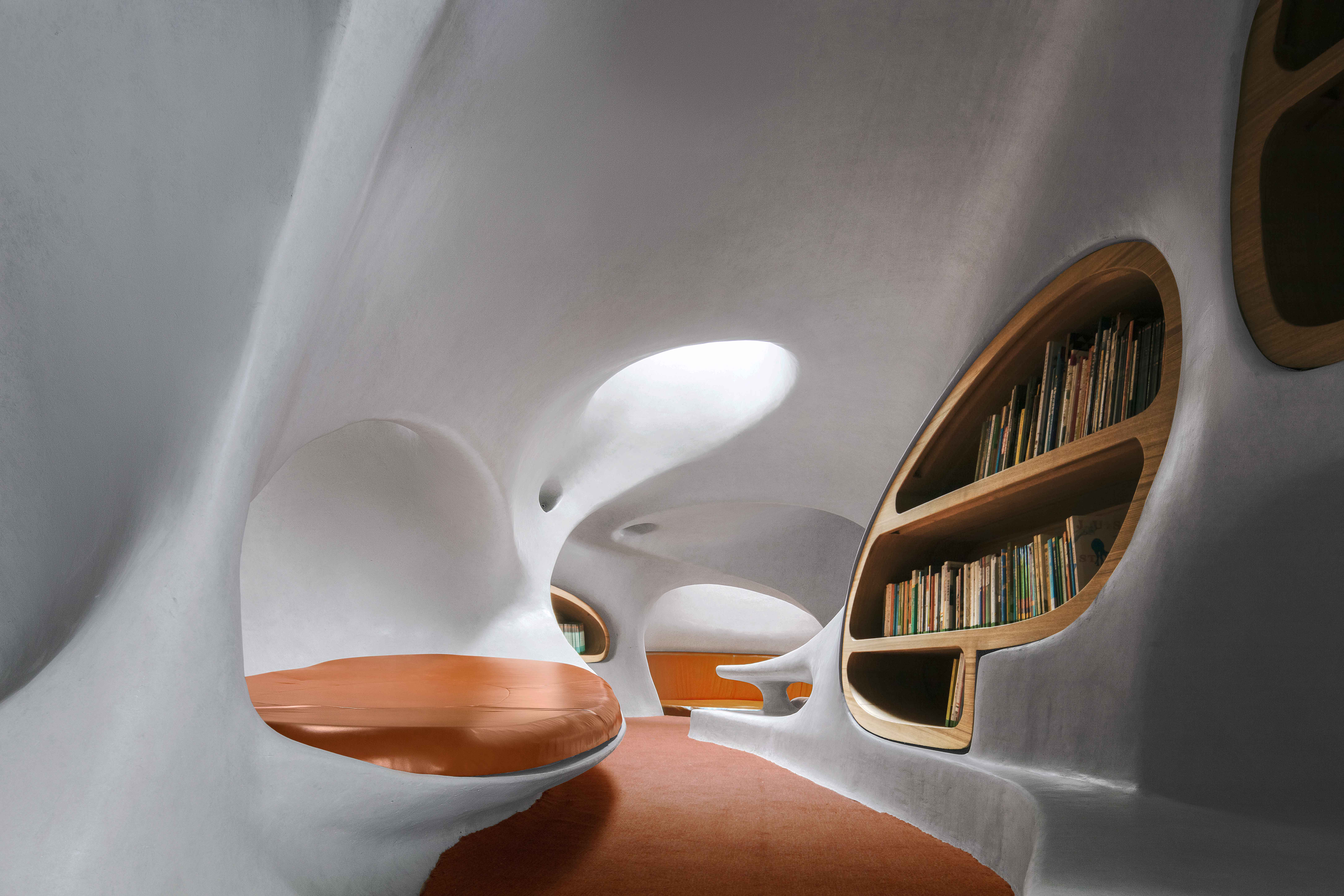 Tour the world’s best libraries in this new book
Tour the world’s best libraries in this new bookAuthor Léa Teuscher takes us on a tour of some of the world's best libraries, from architect-designed temples of culture to local grassroots initiatives
-
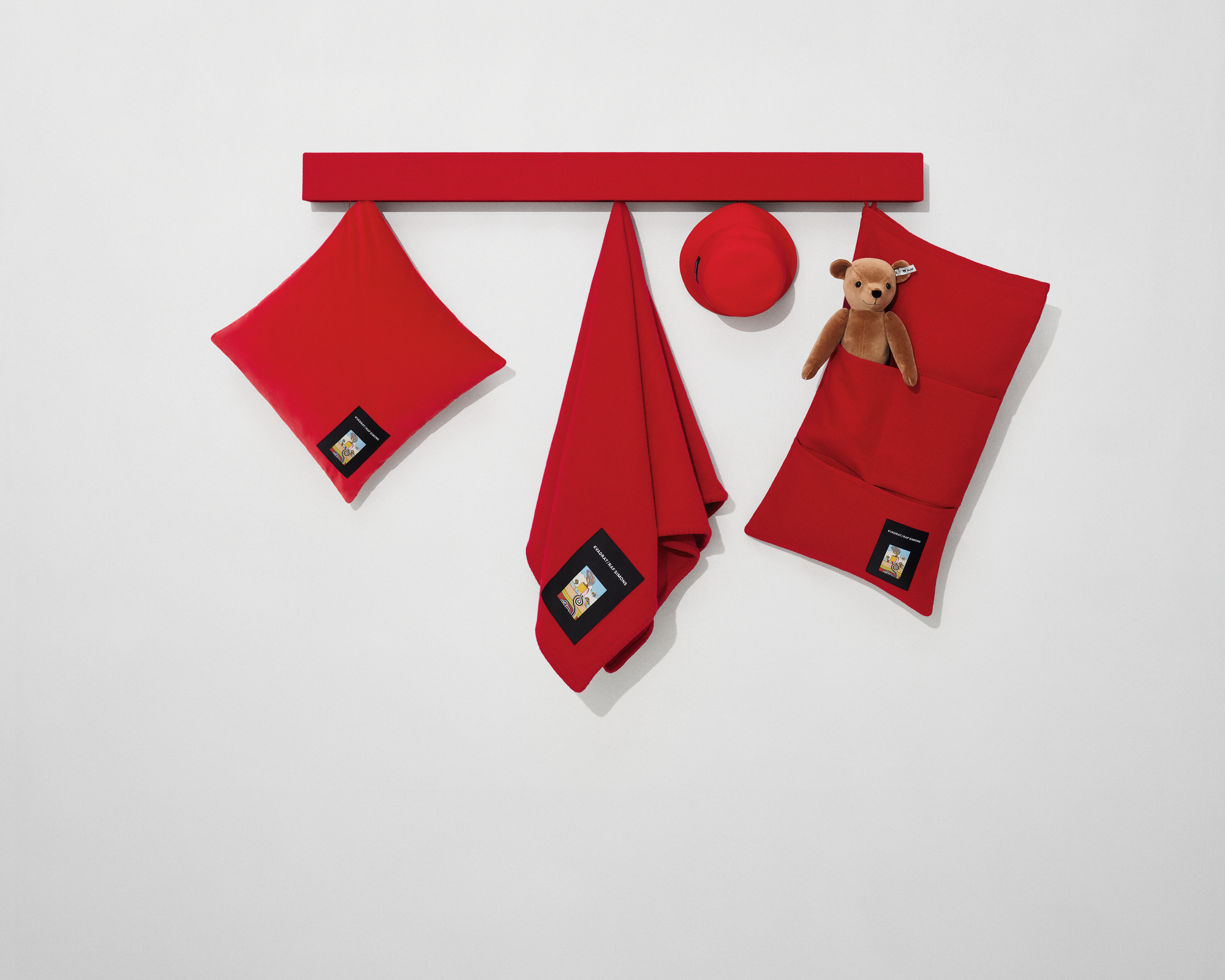 Raf Simons’ ‘Shaker System’ for Kvadrat is now available in a kids’ version (and it includes a teddy bear)
Raf Simons’ ‘Shaker System’ for Kvadrat is now available in a kids’ version (and it includes a teddy bear)The designer tells Wallpaper* about his latest projects for the Danish textile company, and finding inspiration in the natural world
-
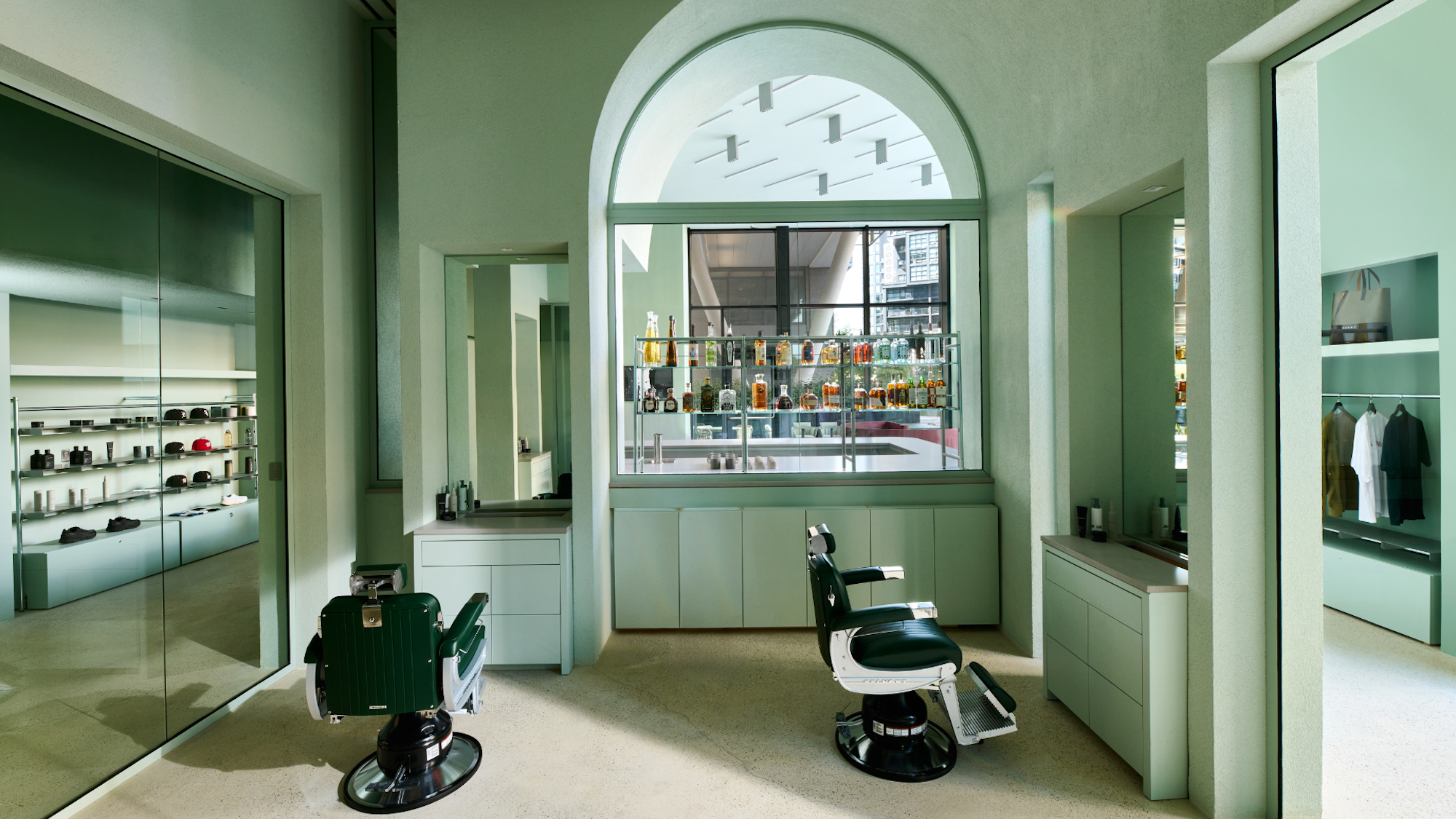 With a secret members’ club, this Washington, DC barbershop is a ‘theatre of self-care’
With a secret members’ club, this Washington, DC barbershop is a ‘theatre of self-care’At Manifest 002, come for a haircut; stay for the boldly hued social spaces designed by INC Architecture & Design